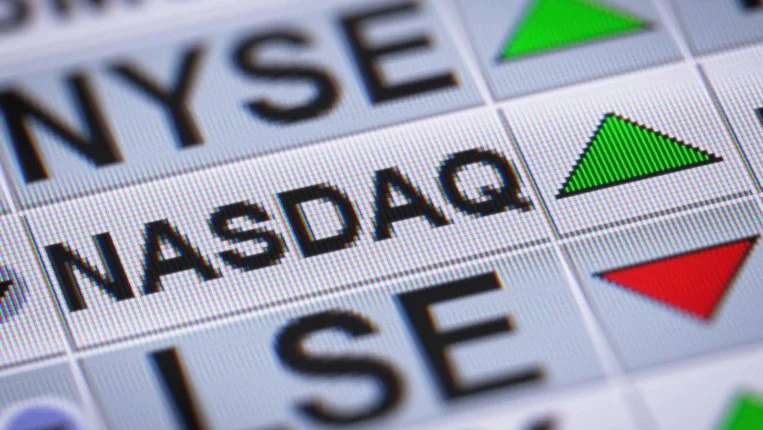As the stock market reopens on Tuesday, February 18, 2025, following the Presidents Day holiday, investors are gearing up for a potentially volatile trading session.
With recent economic developments, Federal Reserve policies, and geopolitical tensions shaping market sentiment, understanding the key trends influencing the Dow Jones Industrial Average (DJIA) is crucial for traders and long-term investors alike.
Historical Performance Post-Presidents Day
Historically, the Dow Jones has exhibited mixed performance following the Presidents Day holiday.
While some years have seen gains driven by positive economic data or earnings reports, others have faced declines due to investor caution or external market shocks. Examining past trends can help investors set expectations, but 2025’s market dynamics will largely depend on real-time economic and geopolitical developments.
Key Market Trends to Watch
1. Federal Reserve Policy and Interest Rates
The Federal Reserve’s stance on interest rates remains a critical driver of market movements. With inflation concerns still looming, any indication of a potential rate hike or policy shift from the central bank could influence investor confidence.
Analysts will be watching for signals from Fed Chair Jerome Powell regarding economic stability and monetary policy adjustments in the coming months.
2. Economic Data Releases
The post-holiday market session coincides with crucial economic indicators, including:
- Consumer Price Index (CPI): A key measure of inflation that could impact Federal Reserve decisions.
- Retail Sales Data: Consumer spending trends could provide insight into economic momentum.
- Unemployment Claims: A reflection of job market stability, influencing investor sentiment. Strong economic data may boost confidence, while weaker-than-expected figures could trigger sell-offs.
3. Tech Sector Performance and AI Investments
The technology sector continues to be a major driver of the stock market, with AI-related stocks gaining significant traction. However, some analysts warn of an overvaluation risk, with potential corrections looming if AI adoption fails to meet high investor expectations. Companies like Microsoft, Nvidia, and Google-parent Alphabet will be closely watched as AI remains a key theme in market trends.
4. Geopolitical Developments and Trade Policies
Trade tensions and geopolitical events, including the impact of U.S. policies on global markets, could lead to volatility. Recent discussions about tariffs on key trading partners, particularly China and the European Union, may affect investor sentiment and sector-specific stock performance, especially in manufacturing, energy, and transportation.
5. ETF Market Trends and Investment Shifts
The ETF (Exchange-Traded Fund) market saw a record $1.5 trillion in inflows last year. However, the landscape may shift due to geopolitical concerns and economic uncertainty. Investors are diversifying into alternative assets, including commodities and bonds, to hedge against potential equity market fluctuations.
What Investors Should Do Next
With the stock market reopening after the long weekend, traders should consider the following strategies:
- Monitor economic indicators to assess short-term market direction.
- Diversify portfolios to mitigate risks related to interest rate changes and sector-specific corrections.
- Stay updated on Federal Reserve statements and corporate earnings reports to make informed decisions.
Conclusion
The reopening of the Dow Jones after Presidents Day presents both opportunities and risks for investors.
Economic data releases, Federal Reserve policies, AI sector performance, and geopolitical tensions will all play a role in shaping market sentiment.
By staying informed and adopting a balanced investment approach, traders can navigate the post-holiday market with confidence.
For real-time updates and expert insights, keep an eye on market trends and key economic reports as they unfold.
Also Read

